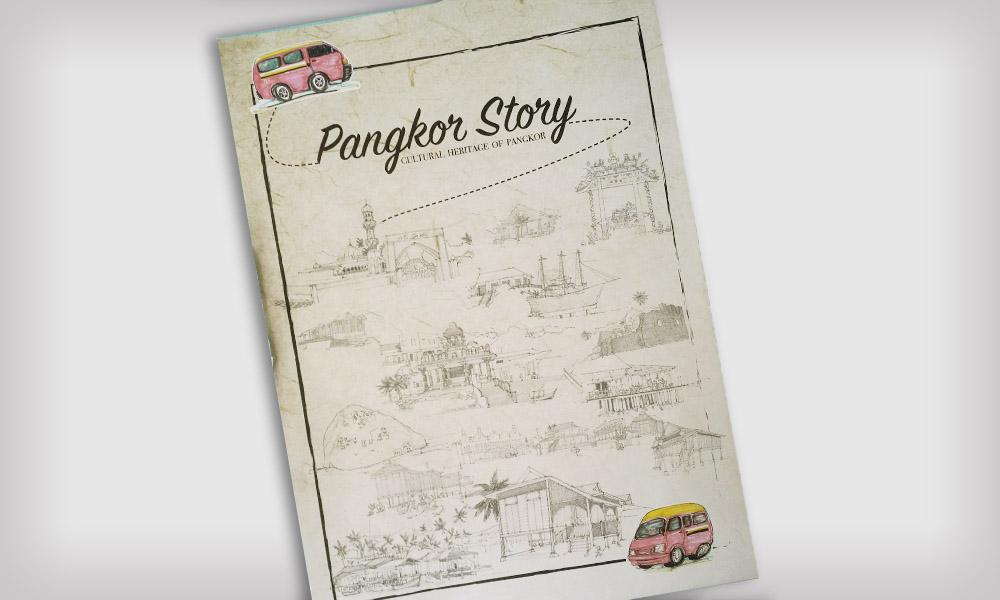LETTER | According to media reports, tourism industry players in Pangkor and on the mainland at Lumut are increasingly anxious and concerned with the lack of preparation for the island to be ready to cope with the expected influx of visitors come 2020.
They have no idea what the plans are, and the silence is deafening. So far, nothing has changed in Pangkor, which is a 20-minute boat ride from Lumut and only 10 minutes from Marina island that is connected by bridge to the mainland.
Retailers are in the dark whether the entire island will be duty-free or limited to specific complex selling duty-free items. It was first announced in Budget 2018 that Pangkor would become another duty-free island, but tobacco, liquor and vehicles would be excluded.
If so, only Sales and Service Tax (SST) would now be exempted, and shoppers would have to buy large quantities of goods on the island, and cheaper at wholesale prices, to justify making the trip. If a limit is imposed, they are subject to checks by the Royal Malaysian Customs.
It is likely that the prices of most goods at Lumut will be the same or only slightly higher than those that will be sold in Pangkor, which must be shipped by ferry at an added cost. In time, the island will be known for only a few items at bargain prices.
Retailers in Pangkor need not worry that they may be left out of the tourism boom, as distributors and wholesalers would be supplying all the stock they need, just as they have done so for umpteenth year for Langkawi, which is one hour 45 minutes by ferry from the mainland.
Should Pangkor be swarmed by shoppers, then the jetties, particularly the one at Pekan Pangkor, must be upgraded to shelter visitors and not expose them to the sun or rain. Old non-airconditioned vans which served as taxis on the island must be replaced, as they get unbearably hot, turning into saunas in heavy rain when all the windows are closed.
The three ferry operators shuttling 16 boats between the mainland and the island should be given reasonable time to refurbish or replace their boats, failing which licences should be awarded to one or two more companies on condition they operate using new and bigger boats.
Perak Tourism Association president Mohammad Odzman Abdul Kadir said Pangkor must have a unique selling proposition to attract tourists, such as cable car rides in Langkawi and stunning skywalk on the rooftop of Komtar building in Penang.
He was reported to have said: “Pangkor should also have its own attractions. Tourists would not only want to visit the island for its duty-free status and beaches. As far as I am concerned, there is no tourist guide or information centre on the island. We are talking about bringing in foreign tourists to the island, but how would they know the history of the island, its attractions and activities if there are no guides? This is where non-governmental organisations (NGOs) such as heritage societies can help. They can educate the students and pensioners on the history of the island and train them to be tourist guides.”
While views from every quarter should be sought, it is imperative that a master plan for the development and control of tourism in Pangkor be drawn up quickly. The right strategies are needed to preserve pristine Pangkor, which will remain as the unique selling point for generations to come.
It would be wrong to stereotype visitors to the island, as they could be foreigners or domestic, excursionists (day-trippers) or tourists (overnight visitors). While local shoppers are prepared to jostle with the crowd as festivities add to the merriment, it is the exact opposite for those needing an idyllic beach holiday.
As long as the island can retain its immaculate beaches and virgin jungles, it will continue to attract tourists from all over the world by developing a “Pangkor app”. It can be accessible 24/7 globally, providing information and with reservation and payment facilities.
It is not difficult to ensure the entire island, only 18 sq km, has adequate mobile phone coverage. If so, visitors could use the app for navigation and information without having to travel to an information centre to pick up a brochure or receive incorrect verbal information.
For those preferring the personal touch, taxi drivers on the island have already been trained as tourist drivers in 2017, thanks to the Northern Corridor Implementation Authority, a statutory body for the Northern Corridor Economic Region covering Penang, Perak, Kedah and Perlis.
Earlier, taxi drivers at Merbok in Kedah were also trained as tourist drivers using the National Competency Standards (NCS) under the Department of Skills Development, an agency under the Human Resources Ministry.

Therefore, there is no need to solicit the help of NGOs or heritage societies to educate students and pensioners on the history of the island and train them to be tourist guides. Those who have developed the NCS had also prepared a 16-page foldable “Pangkor Story” and map promoting the cultural heritage of the island (photo).
However, it would be good to conduct training for nature guides specialised in Pangkor so that they could bring tourists to enjoy the virgin jungle without desecrating it. Allowing visitors to enter freely such as for picnics would only increase rodent population and deadly rat urine.
But Pangkor would be doomed if the only concern is to attract as many visitors as possible, which is fait accompli with the recent completion of the West Coast Expressway, cutting travelling time from three and a half hours to 90 minutes from Kuala Lumpur to Lumut.
The views expressed here are those of the author/contributor and do not necessarily represent the views of Malaysiakini.

